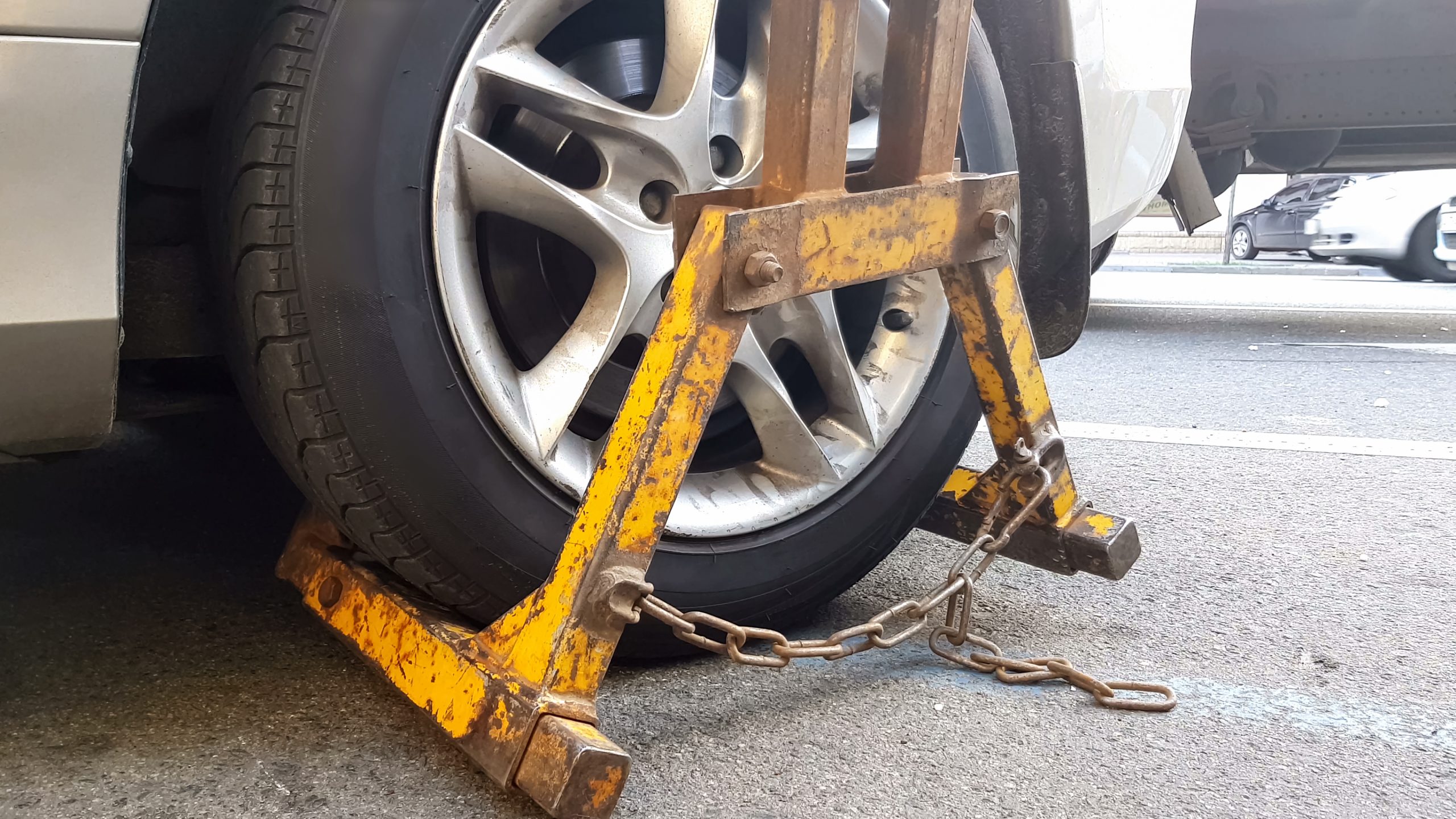Ontario Vehicle Impoundment Program

Ontario Vehicle Impoundment Program
Driving a vehicle can be a fun activity for some people or a critical connection to work and family for others. When problems occur, however, they may be forced to give up the privilege for some time. Under Ontario’s Vehicle Impoundment Program, they may even lose their vehicle temporarily. Knowing about the program and the criteria for impoundment can help you avoid that situation and to keep your driving privileges.
Every government in Canada has rules for driving on its roads, including Ontario. Drivers who break those rules can receive fines or demerit points. Some of these offences are minor, but some are potentially much more serious. In those cases, the police might take away a driver’s vehicle. According to the Ontario Ministry of Transportation, the intent of the Vehicle Impoundment Program is to keep road users secure by keeping unsafe drivers off the road.

What Impoundment Means

According to the Collins Dictionary, the word “impound” refers to a situation in which police or other officials take possession of a vehicle or other object because a broken law. Often, people use terms such as “seize,” or “confiscate” to refer to the act of impoundment. Most commonly, the term refers either to what border guards do if a traveller is caught with illegal goods or to the actions of police in the case of a serious traffic violation.
Just as border guards can seize a vehicle found to be carrying illegal goods, police can impound any vehicle used in an illegal act. Normally, this involves a criminal matter such as impaired driving, or a violation of the Highway Traffic Act such as driving while suspended. As the Ontario Ministry of Transportation’s website states, street racing, having too many demerit points, or even defaulting on family support can all be reasons for a vehicle to be impounded.
One of the most common reasons for vehicle impoundment is a driver operating a vehicle without a valid driver’s license. The suspension of driving privileges can happen for many reasons, such as driving under the influence of alcohol or drugs. Even without a suspension, the police can impound a vehicle for a variety of other reasons. For example, the All Ontario website also notes that drivers who are required to use a vehicle ignition interlock device can have their vehicles impounded if they are caught driving without this system.
Vehicle impoundment can occur even when someone other than the vehicle’s owner is driving. The owner is responsible for ensuring that each driver has a valid license and is not under suspension at the time. If necessary, the owner should also warn the driver to be careful about the rules of the road, including wearing seatbelts and obeying all traffic signs and signals. The owner is also responsible for all fees and fines related to getting a vehicle back after it has been impounded.
Conditions of Impoundment
Depending on the type of offence, police can impound a vehicle for a period between seven and forty-five days. As the Ministry of Transportation website notes, breaking aspects of the Highway Traffic Act results in a seven-day impoundment. Street racing, a conviction for a Novice Violation, and other infractions fit into this category. Acts relating to the criminal code, such as impaired driving or driving
